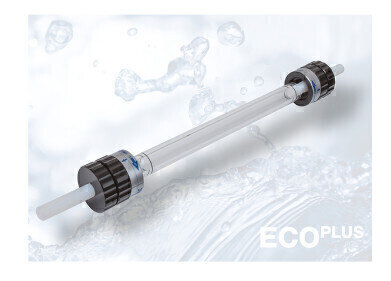Bioanalytical
How is Google Street View Competing with Chromatography?
Apr 19 2017
Google Street View — it divides us all — having as many fans as detractors who hate the all-seeing eye perched on top of the funny little car. But a team from Colorado State University (CSU) is putting the cars that generate the Google Street Views to a new and valuable use as methane detectors — with the aim of reducing the amount of methane lost from the system of pipes that follow virtually all our roads.
Photographing methane
The project is being led by associate Professor Joe von Fischer from CSU, with help from other scientists at CSU, experts from the University of Northern Colorado and Conservation Science Partners — a non-profit collective that aims to preserve species, populations and ecosystems using human ingenuity.
The team fitted a set of cutting-edge methane analysers to Google Street View mapping cars so they could see leaks from the natural gas pip network that lies beneath our roads. The challenges and methods they used are detailed in a paper published in the journal Environmental Science and Technology titled ‘Rapid, Vehicle-Based Identification of Location and Magnitude of Urban Natural Gas Pipeline Leaks’
Combatting climate change
Methane is the main component in natural gas — the fuel that boils our eggs and fires our boilers to keep us warm. But it is also a serious greenhouse gas — in fact, it has over 80 times the warming power of carbon dioxide over a 20-year-period. Although farting cows make the news headlines as methane generators, finding and fixing leaks in our gas supply infrastructure is serious business — especially as the leaks reduce the supply company’s profits.
As von Fisher states in a press release from CSU:
“This is a huge challenge that almost nobody had been thinking about. Now we’re finding out just how widespread these leaks are. The faster you fix them, the bigger the environmental benefits are. But utilities and regulators didn’t have the data to focus their efforts. That’s where we come in. Our goal is to make it faster, cheaper and easier to find and measure methane leaks from natural gas lines to help accelerate crucial repairs.”
Take a right driver
The detection method the team used to find the methane leaks was an infrared laser methane analyser. A mobile device that can detect methane in real time without the need for gas chromatography back in a lab.
The team worked with Google’s drivers to optimize the routes they needed to take in the cities where the technology was trialled. The technology has so far demonstrated that cities and towns with very old pipework suffers from more methane leaks than more modern infrastructure.
Although chromatography is not needed for this analysis, it doesn’t mean it is standing still. In this article, An Introduction to the Concept of Monodensity in Silica Particles and its Effect on Chromatographic Performance, the role of cutting edge silica design explains how chromatography performance keeps up-to-date.
Events
Jan 20 2025 Amsterdam, Netherlands
Feb 03 2025 Dubai, UAE
Feb 05 2025 Guangzhou, China
Mar 01 2025 Boston, MA, USA
Mar 04 2025 Berlin, Germany














